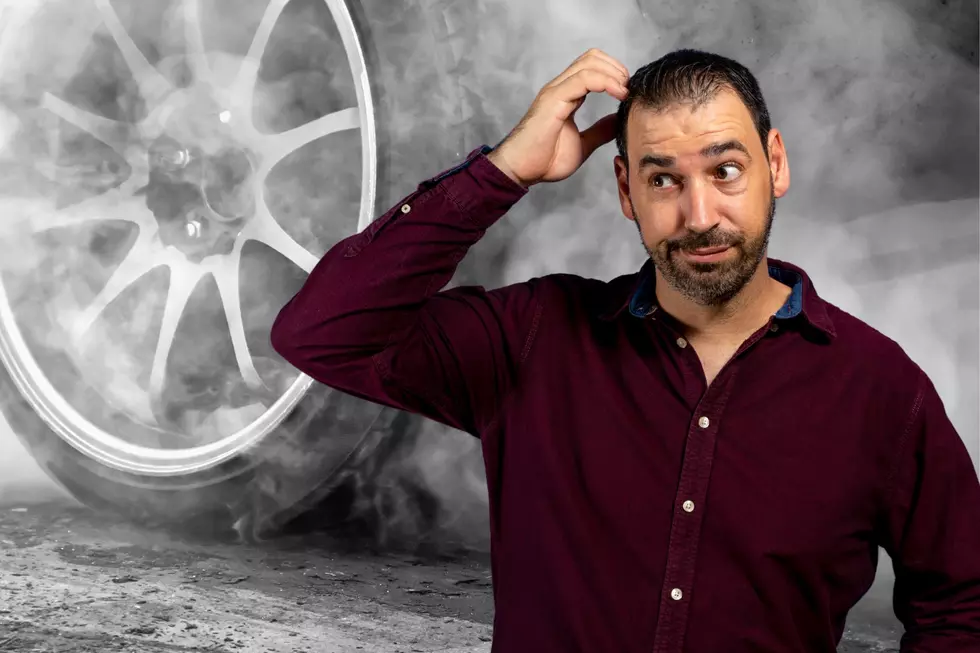
The Perfect Deer Resistant Fall Plant for New Yorkers
As the air turns crisp and the sights and scents of autumn emerge around us, there's one flower that is not only deer-resistant but can stand up to the cooler nights of fall and will add a splash of color to any New York garden landscape.

Meet the black-eyed Susan.
The black-eyed Susan is believed to have gotten its name from a song that was written in 1720 about a “lass called “Black-eyed Susan” who was searching for her sweet William among a ship's crew”
The black-eyed Susan has little golden stars, also known as "rudbeckia hirta." With their vibrant yellow petals and dark, almost black centers, they command attention in any garden setting.
What makes black-eyed Susans remarkable is their resilience against one of nature's most pesky garden visitors—deer. Their petals are covered in a coarse, hairy texture, making them unappealing to hungry animals. Deer find them simply undesirable providing New York homeowners with a welcomed defense to protect their gardens.
Beyond their deer deterrent qualities, black-eyed Susans are perennials which means they will come back year after year, saving you time and money.
Another great thing about black-eyed Susans is that they provide nourishment for pollinators. While many flowers begin to fade with the cooler weather, black-eyed Susans continue to flourish, attracting essential pollinators like bees and butterflies.
These daisy-like blooms serve as a reliable food source for pollinators, supporting these creatures as they prepare for the colder months ahead. By adding black-eyed Susans to your garden, you not only invite beauty and charm but also contribute to the preservation of these vital pollinators.
LOOK: 20 tips to help your houseplants survive the winter
KEEP READING: Get answers to 51 of the most frequently asked weather questions...
New York State's Invasive Plants To Be On The Lookout For
More From 98.1 The Hawk









